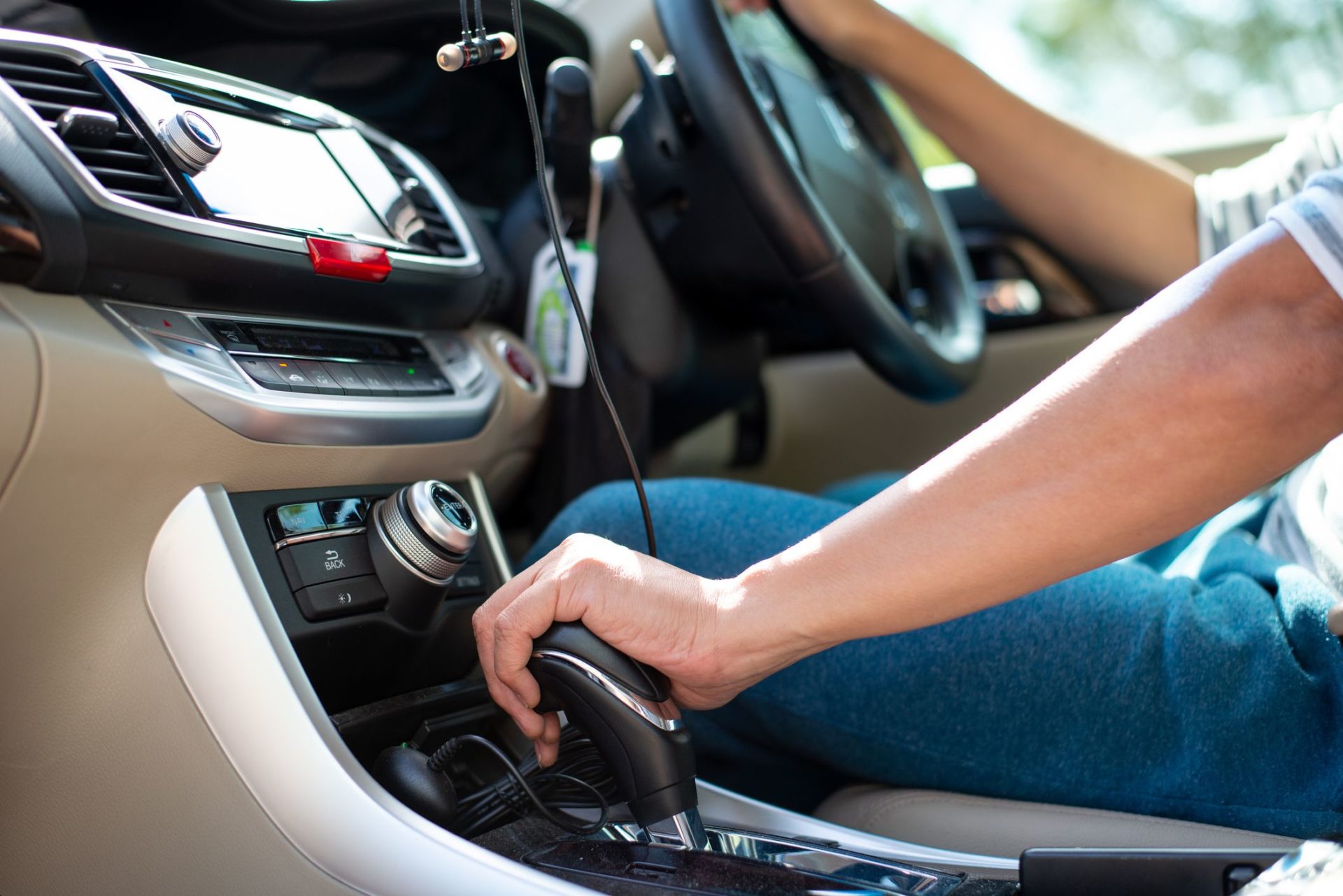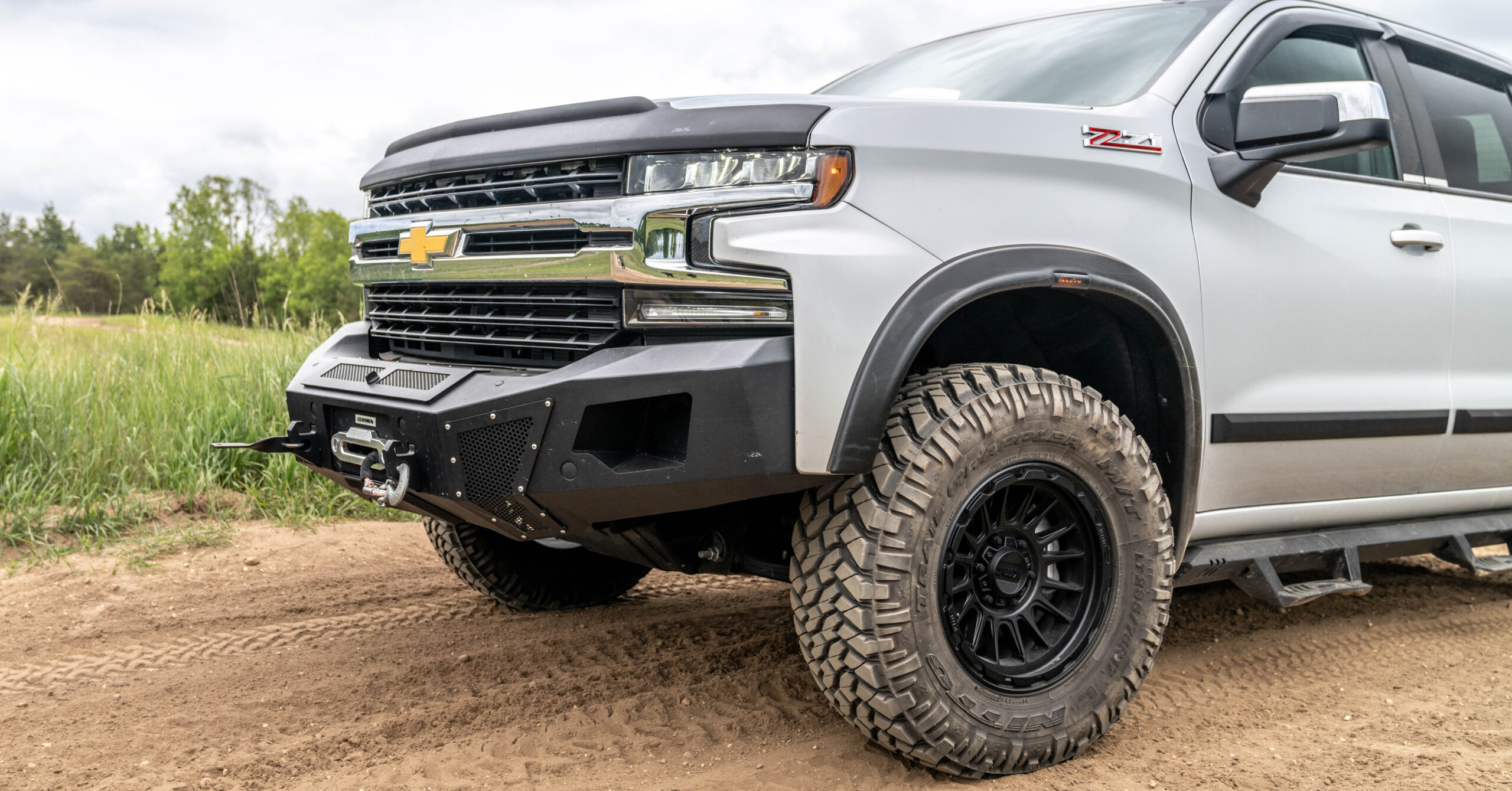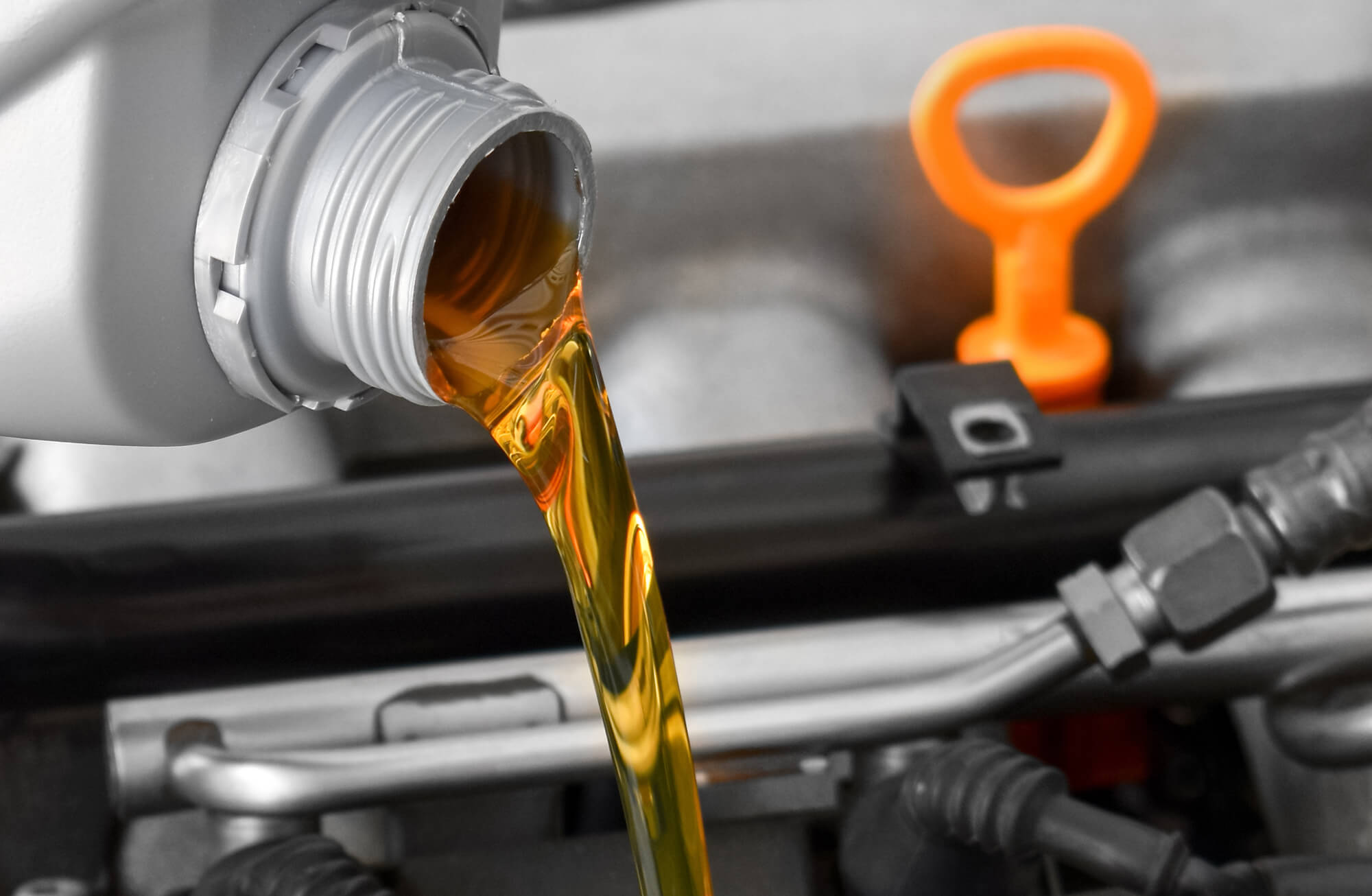In today’s rapidly evolving automotive landscape, safety has become a paramount concern for drivers, passengers, and manufacturers alike. Whether you’re commuting to work, taking the kids to school, or embarking on a cross-country road trip, the safety of your vehicle is non-negotiable. As technology advances, cars are becoming smarter and more equipped to prevent accidents and protect their occupants. However, with so many features available, it can be overwhelming to determine which ones are truly essential.
This guide breaks down the critical safety components every car should have, ensuring that your next vehicle purchase prioritizes the well-being of everyone on board. From advanced driver assistance systems to essential structural elements, these mechanisms work together to create a safer driving environment. Understanding what these features do and how they can save lives will empower you to make informed decisions when choosing your new car or upgrading the one you currently drive.
Must-Have Safety Features for Your Car
When outfitting your car with protective systems, it’s essential to focus on how these upgrades will protect not only you but also other road users. The goal is to enhance your vehicle’s ability to prevent accidents, respond effectively in emergencies, and minimize injury if a collision occurs. Prioritize options that maintain control, provide early warnings, and intervene when necessary to avoid danger. These considerations ensure that your car is equipped to handle the unexpected, keeping you and others safe on every journey. The following features address these critical needs, offering a comprehensive approach to road safety.
Anti-lock Braking System (ABS): No-Skid Driving
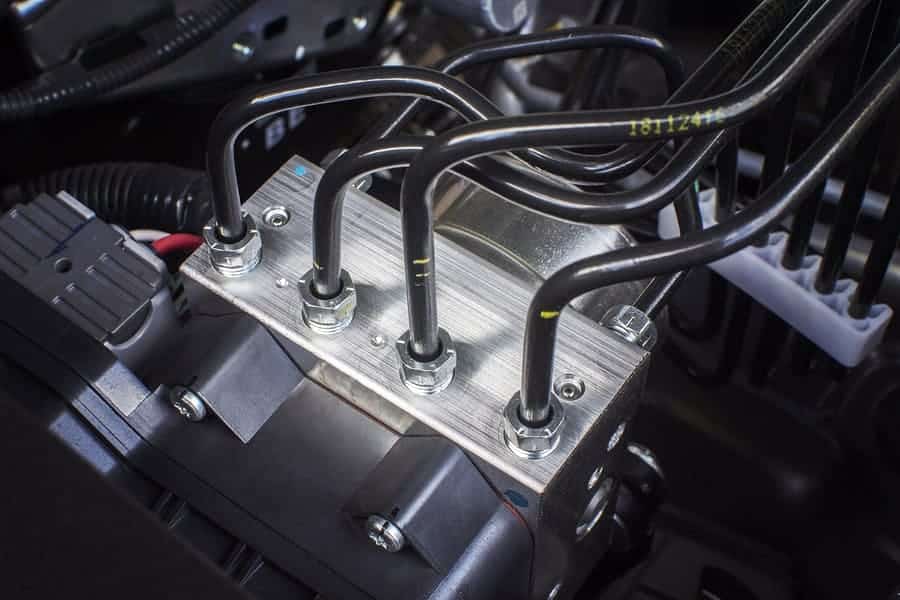
The Anti-lock Braking System (ABS) is an essential element designed to prevent the wheels from locking up during intense braking situations. When the wheels lock, the tires can skid, causing a loss of steering control and increasing the risk of accidents. ABS works by rapidly pulsating the brakes, allowing the driver to maintain control of the vehicle while slowing down more effectively. This safety feature is particularly beneficial in emergency situations, such as sudden stops on wet or icy roads, where traditional braking could lead to a dangerous skid. Having an ABS onboard not only enhances stopping power but also provides the driver with the ability to steer around obstacles during an emergency stop, significantly improving overall vehicle safety.
- Prevents wheel lock-up during hard braking.
- Maintains steering control during emergency stops.
- Reduces stopping distances on wet or slippery surfaces.
Electronic Stability Control (ESC): Smooth Turning
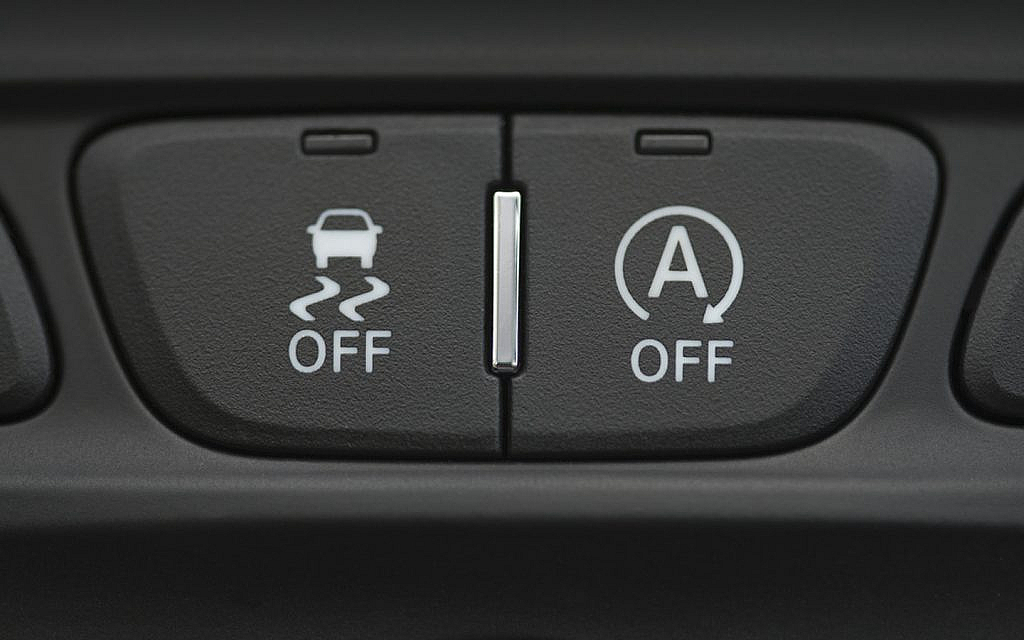
Electronic Stability Control (ESC) is an advanced safety feature meant to keep the vehicle on its intended path, especially during sharp turns or sudden evasive maneuvers. It constantly monitors the vehicle’s speed, steering angle, and lateral acceleration to detect any loss of control, such as understeer or oversteer. When such a situation is detected, ESC automatically applies the brakes to individual wheels and may reduce engine power to help the driver regain control. This system is particularly effective in preventing rollovers, which are common in taller vehicles like SUVs, and in maintaining stability on slick or uneven road surfaces. By intervening before a skid or slide becomes uncontrollable, ESC can prevent many types of accidents, making it a vital safety feature for all drivers.
- Helps prevent rollovers and loss of control.
- Corrects understeer and oversteer to maintain stability.
- Enhances vehicle control during sharp turns or sudden maneuvers.
Airbags: Safety Basics
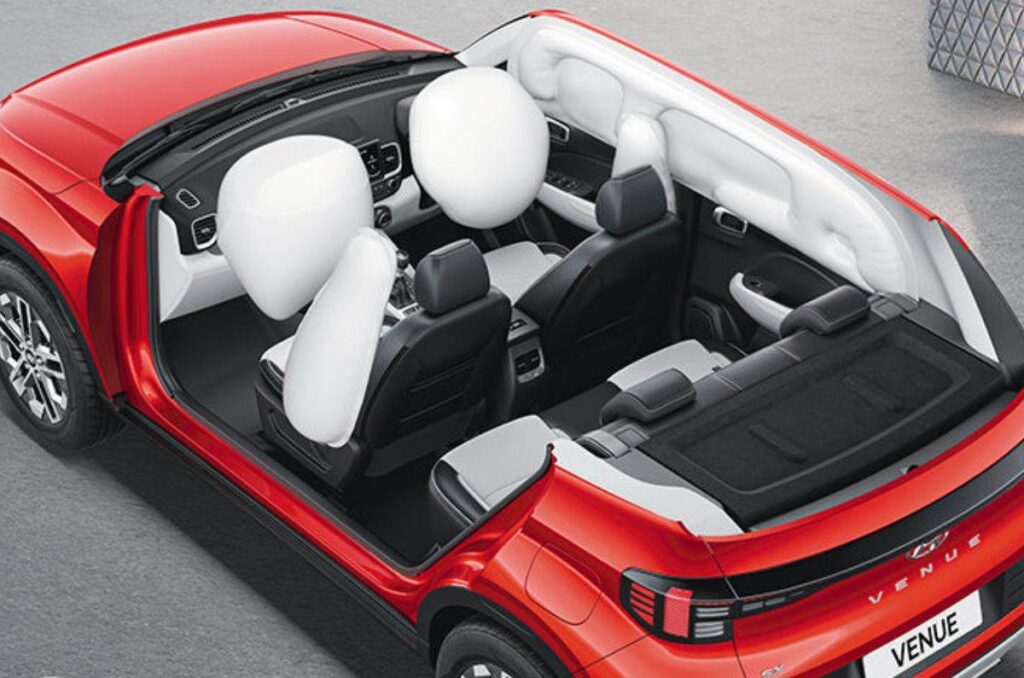
Being one of the most fundamental safety features in modern vehicles, airbags act as a critical line of defense in the event of a collision. Deployed by sensors that detect sudden deceleration or impact, they inflate almost instantly to cushion the occupants and reduce the force of impact. Modern vehicles are equipped with multiple airbags, including front, side, curtain, and knee kinds, providing protection from various angles. Front airbags protect the driver and front passenger from hitting the dashboard or steering wheel, while side and curtain airbags keep you safe against side impacts and rollovers. By distributing the impact force across a larger area of the body and preventing direct contact with hard surfaces, this simple yet essential component dramatically reduces the risk of severe injuries and fatalities in crashes.
- Provides cushioning during a collision to reduce impact force.
- Includes front, side, curtain, and knee airbags for comprehensive protection.
- Reduces the risk of severe injuries and fatalities in accidents.
Blind Spot Monitoring (BSM): Expanded Visibility
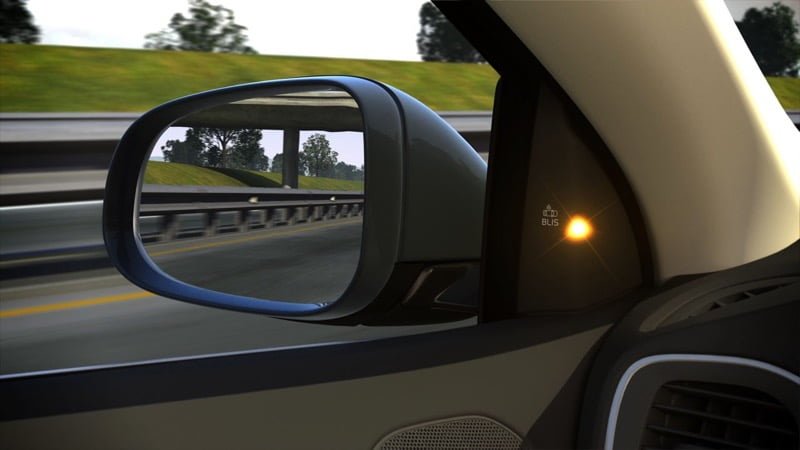
Designed to enhance driver awareness, Blind Spot Monitoring (BSM) detects vehicles or obstacles that may be hidden in the blind spots—areas around the car that are not visible through the rearview or side mirrors. Using sensors mounted on the sides of the vehicle, BSM continuously scans these blind spots and alerts the driver with visual or audible warnings if a vehicle is detected. This system is particularly useful during lane changes, as it prevents the person behind the wheel from inadvertently colliding with another car that they may not have seen. BSM not only enhances safety by reducing the likelihood of side collisions but also boosts driver confidence, making it easier to navigate busy highways or multi-lane roads.
- Detects vehicles in the blind spots not visible in mirrors.
- Provides visual or audible warnings to alert the driver.
- Reduces the risk of side collisions, especially during lane changes.
Lane Departure Warning (LDW) and Lane Keeping Assist (LKA): Course Control
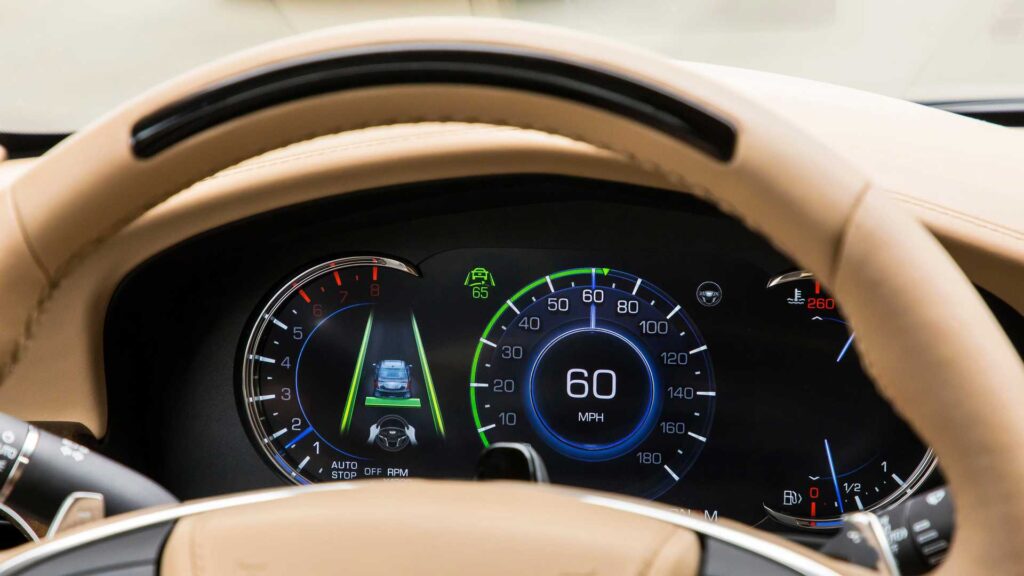
These two interrelated safety features are vital in preventing unintentional lane drifting, which is a common cause of accidents, particularly on highways. LDW uses cameras to monitor the vehicle’s position within its lane and alerts the driver if it detects the car is drifting out of the lane without the turn signal activated. This alert can be a visual warning on the dashboard, an audible chime, or even a vibration in the steering wheel. For its part, LKA takes this a step further by gently steering the car back into its lane if the driver doesn’t respond to the warning. Together, these systems help prevent accidents caused by distracted, fatigued, or drowsy driving, ensuring that the vehicle stays on course and reducing the risk of head-on collisions and side-swipes.
- Alerts the driver to unintentional lane drifting with visual, audible, or tactile warnings.
- Gently steers the car back into its lane if the driver doesn’t correct course.
- Reduces the risk of accidents caused by distracted or drowsy driving.
Automatic Emergency Braking (AEB): Pedestrian Safety
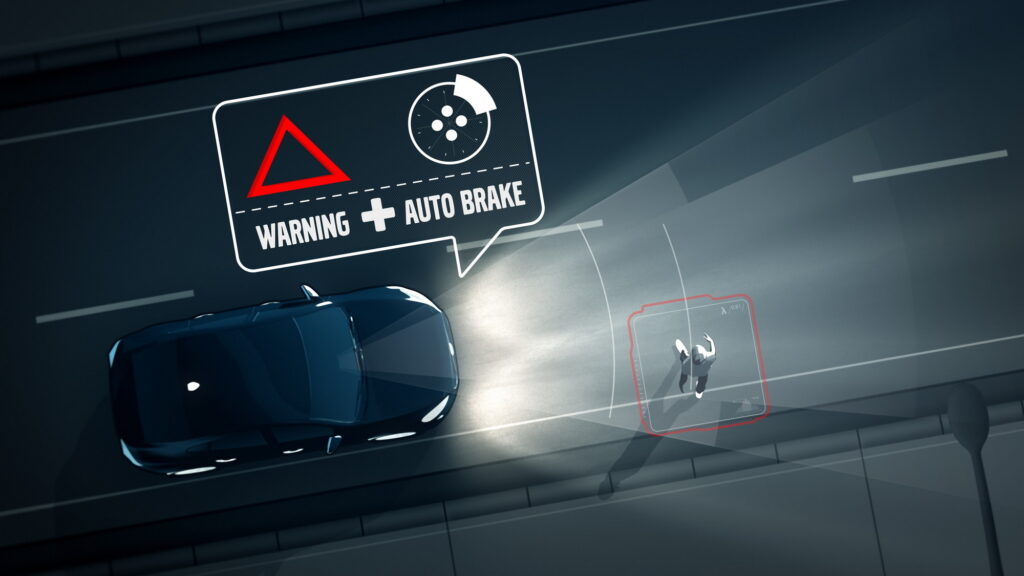
Detecting imminent collisions, Automatic Emergency Braking (AEB) is a cutting-edge safety feature that automatically applies the brakes if the driver fails to respond in time. Using sensors, cameras, and radar, it continuously monitors the road ahead for other vehicles, pedestrians, or obstacles. If the system detects a potential collision and the driver does not take action—such as steering or braking—AEB will autonomously apply the brakes to either avoid the collision entirely or at least reduce its severity. This system is particularly valuable in urban environments where sudden stops or unexpected obstacles are common. By providing an additional layer of protection, AEB can prevent many types of rear-end collisions and pedestrian accidents, making it a must-have for enhancing road safety
- Detects potential collisions with vehicles, pedestrians, or obstacles.
- Automatically applies brakes if the driver doesn’t react in time.
- Prevents or mitigates the severity of crashes, especially in urban settings.
Tire Pressure Monitoring System (TPMS)
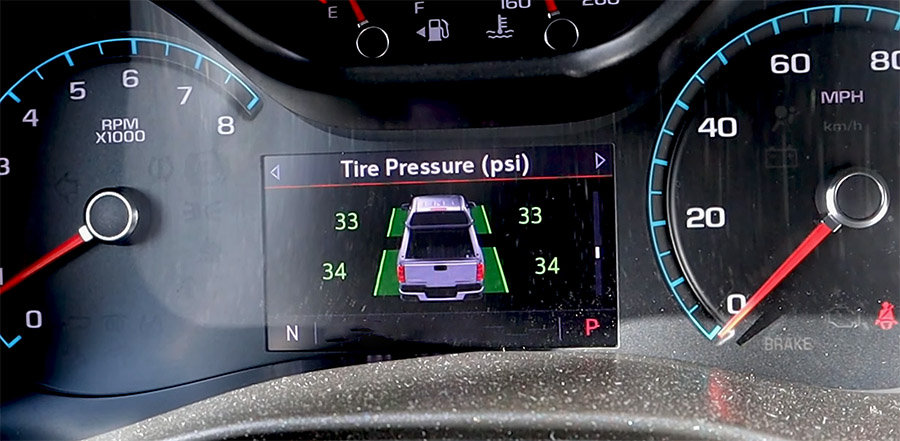
Lastly, the Tire Pressure Monitoring System (TPMS) is there to keep track of the air pressure in your vehicle’s tires, ensuring they remain at optimal levels. Underinflated tires can lead to poor handling, increased tire wear, and a higher risk of blowouts, especially at high speeds. TPMS continuously monitors the pressure in each tire and alerts the driver if it drops below a safe threshold. This allows you to take immediate action, such as inflating the tires, before the situation becomes dangerous. By maintaining proper tire pressure, this safety feature not only enhances vehicle stability and handling but also improves fuel efficiency and extends the life of your tires, making it a cost-conscious and protection-boosting choice.
- Monitors air pressure in each tire and alerts the driver to low pressure.
- Prevents dangerous blowouts and enhances vehicle handling.
- Improves fuel efficiency and extends tire life by maintaining proper pressure.
Conclusion
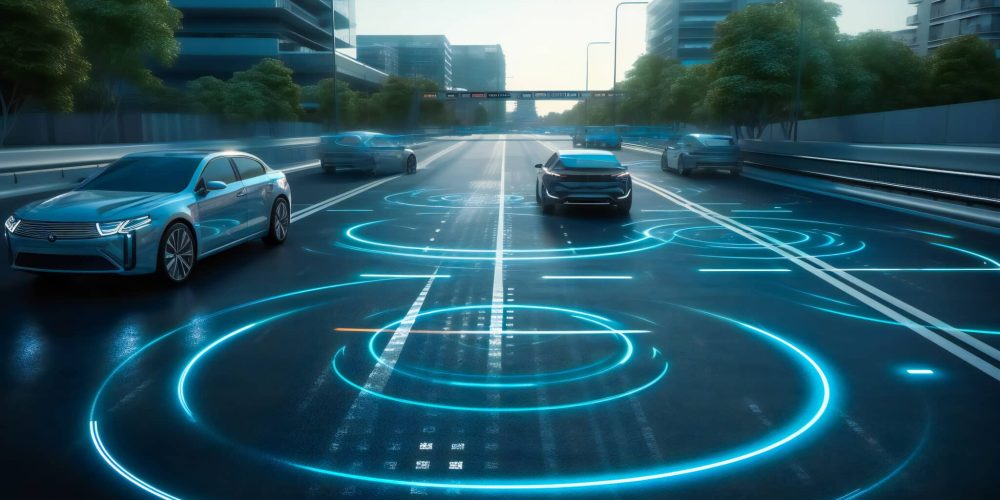
Safety should always be the top priority when selecting a vehicle, whether you’re buying new or used. The features listed above are not just luxury add-ons; they are essential components that work together to protect you and your passengers. As vehicle technology continues to advance, the integration of these protective systems will only become more sophisticated, offering even greater confidence on the road.
Investing in a car equipped with these safety features means more than meeting the latest trends—it’s about ensuring peace of mind every time you get behind the wheel. By understanding and prioritizing these technologies, you’re making a conscious decision to put safety first, protecting yourself and others on the road.
